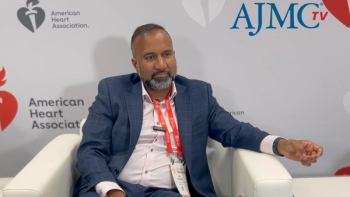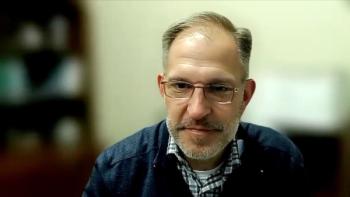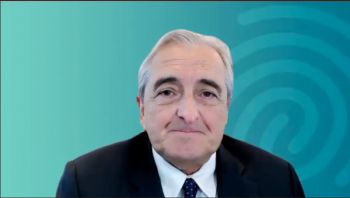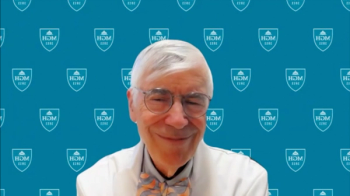
Breast Cancer Treatment Transformed With HER2 Identification: Michael Hassett, MD, MPH
Michael Hassett, MD, MPH, Dana-Farber Cancer Institute, reflects on the impact of HER2 identification on the breast cancer treatment continuum.
With his 23-year history at Dana-Farber Cancer Institute in Boston, Michael Hassett, MD, MPH, has a wealth of experience in medical oncology after having begun his career in internal medicine at the University of Rochester in New York. Hasset is currently chief quality officer at Dana-Farber, where his current focus is on
In the first part of a recent interview with The American Journal of Managed Care®, following the recent Institute for Value-Based Medicine® event
Hasset was a panelist for the discussion, “Evolving Breast Cancer Care: Addressing Unmet Needs Across the Patient Journey.”
Transcript
How has the evolution of HER2 testing—from a binary classification to recognizing HER2-low and ultra-low—affected treatment decisions and patient outcomes over the past decade?
We have, I think, seen huge changes over the last decade in breast cancer, I'll say, broadly speaking. We see some of the earliest examples of what I would characterize as targeted therapy. We’re administering a treatment that's targeted to a specific characteristic of the cancer cell. Before HER2, we had estrogen receptor testing and anti-estrogen treatments. That's a treatment that's been around. Tamoxifen has been around since the 1970s [and] used for breast cancer for over 30 years. That paradigm of targeted therapy really is, I think, fundamental to breast cancer care. Finding that there are other features of breast cancer—and HER2 is the best example there—that can also allow us to provide targeted care, I think has been transformative.
I'm going to go back a little bit more than 10 years, because I'm older than that. I remember when the first clinical trial data for trastuzumab (Herceptin) at the time were presented at the ASCO annual meeting in this huge lecture hall. Outcomes were great and the whole audience stood up and gave a standing ovation. It's I think very impactful to see that you can identify a target and connect that target, HER2, with a specific treatment that improves outcomes and isn't highly toxic. That’s a huge change in the opportunity that we can provide to patients, and has really, I think, transformed the way we treat HER2-positive cancer.
The other thing that I'll say is that we're still learning. We've been using HER2-targeted therapies for several decades now, and now we're learning that maybe our way of testing for HER2 is not ideal for some HER2-targeted therapies. It's just an amazing area where you can take something that you think you knew a lot about over 2 decades and then discover, well, wait a second, now we have to completely rethink the way we do HER2 testing.
Newsletter
Stay ahead of policy, cost, and value—subscribe to AJMC for expert insights at the intersection of clinical care and health economics.






























































